I’m at a point in life where the marriages fly thick and fast, and my friends are making their way through the gauntlet of wedding planning. I expected the hand-wringing about venues, catering, guest lists, and embarrassing dads, but I didn’t expect so much talk about licenses and bank accounts. Matrimony is an affair of the heart and also the state. Your love may feel unique and special but if you want that sweet tax-filing status, a green card, or the right to visit your spouse should they end up in the hospital you need a stamp from Uncle Sam that you are indeed, married.
Some of the most emotional moments in your life — the birth of a child, the death of a loved one — have their attendant bureaucracies, but nowhere is the tension between a life moment and bureaucracy more strange than marriage. In much of the Western world, marriage records were traditionally maintained by the parish church where the wedding occurred. The denominational diversity of people getting married and the fact that ‘married’ became an important status for tax purposes made it necessary to keep a secular record of who was getting hitched. Marriage was recognized in the US as a legal status in 1913 under the Revenue Act, although some states had begun requiring licenses far earlier. Today, every US state maintains something akin to a Vital Records department, a centralized place for records of births, deaths, marriages, and divorces. In most states, any town or city clerk can issue a marriage license, and this is where things get interesting. When you’re issued a birth certificate your child has already been born, when you’re issued a death certificate you’re loved one is already dead, but when you get a marriage license you are literally doing the act right then and there. The physical infrastructure that underpins the licensing system is a network of, often drab, municipal buildings spread throughout the state. Little corners these buildings become the site of some of the most important moments in people’s lives.
For a while, my commute took me by the Marriage Bureau in the Lefkowitz State Office Building in lower Manhattan where about 300 weddings happen every week. An ecosystem of flower vendors and photographers is set up on the corners around the main entrance hawking their services. You can also rent a perfectly good-looking synthetic bouquet from the store inside after a city employee decided there should be a more affordable option than a $40 bouquet (who says bureaucrats aren’t entrepreneurial).
The steps of the Federal Courthouse have become a popular place for impromptu photoshoots before and after the approximately 3-minute signing and ceremony (although you’ll wait in line for much longer). On the days around the Trump indictment, I would reliably see couples posing for photos as network cameramen ate subway sandwiches in their vans hoping to catch the former president shuffling in and out. Despite being the site of high-profile criminal cases, weddings have shaped this little corner of the municipal landscape more than any other activity.
The City requires you to have a witness present when you receive your marriage certificate, which is how I ended up inside the Lefkowitz building one day in January as a witness to a friend’s wedding (couples who forget about the witness requirement have been known to slip their photographer an extra $25 or grab someone off the street to stand-in). Since I wasn’t the one tying the knot I did a lot of waiting around and watching while the couple filled out paperwork. The waiting area in the marriage office is as good a slice of New York as you’ll get. Some couples look like they wandered in off the street while running errands, others are in full wedding regalia with families and photographers in tow. Most are somewhere in between. My friend Nick of Barlist Fame recently sent me a photo of this insanely dripped-out father of the bride from the clerk’s waiting room.
There is a wonderful togetherness to all this. We all have our “private” and our “public” lives and most people would put their romantic relationships in the former, but marriage bureaucracy has the unintended effect of turning something deeply personal into something shared with the public. You go to the clerk and line up with the other couples, watch them do their paperwork, and proceed into the ceremony room. The richest New Yorkers and the poorest go through the same process. When it’s all over, you are ejected into the streets of lower Manhattan in your wedding clothes for the world to have a look at you. “Congratulations!” A loitering garbage man shouted out to my friend as he and his new wife emerged from the clerk’s office.
In 2004, then mayor of San Fransisco Gavin Newsom ordered the city clerk to issue marriage licenses to same-sex couples in purposeful violation of state law. Thousands lined up in front of City Hall to receive licenses before the state ordered the city to stop. In one month, City Hall processed 4,000 same-sex unions in what became known as the “Winter of Love.” The first license went to Del Martin and Phyllis Lyon, gay rights activists together since 1952. Hundreds of couples lined up daily to receive licenses turning the City Hall steps into a site of protest and celebration.
The lines outside the SF clerk’s office became a media fixture, and the joyous scenes became a powerful PR tool for advocates. Both pro and anti-same-sex marriage groups rallied outside as couples emerged waving their licenses to cheering crowds. It would be wrong to ascribe any sort of credit to the city’s marriage bureaucracy for the eventual legalization of same-sex marriage, but the Winter of Love shows how some of the most boring places you can imagine become theaters for dramatic changes to our personal lives, and sometimes to society as a whole. When the police raided the home of Mildred and Richard Loving in 1958 hoping to find the interracial couple having sex, which was illegal under Virginia’s strict segregation laws, Mildred Loving pointed to the couple's marriage certificate from the Washington D.C. city clerk hanging on the wall. Debating the legality of this certificate would form the basis of Loving v Virginia, the Supreme Court case that legalized interracial marriage throughout the US.
My place-making instinct says we should turn city clerk’s offices into truly celebratory spaces, with photo-ops, rentable celebration spaces, and maybe not so much fluorescent lighting. But this might actually detract from the experience. Part of the fun is the contrast between love and bureaucracy, and the slight chaos of getting married in public. When it was time for me to perform my witness duties, me and the couple were called into the “chapel,” which is about as nice as the waiting room at an expensive doctor’s office. The ceremony was sweet and brief… almost abrupt. A soft-spoken city official solicited the “I Do’s” from bride and groom, paused dramatically to allow for a smooch, and then asked politely but firmly if we would leave so that the next couple could be called in. On our way out, in a tone of voice that wouldn’t be out of place at the DMV, he shouted “NEXT!”

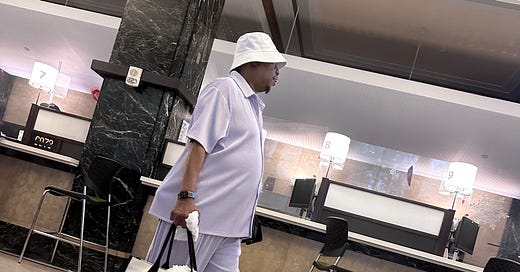


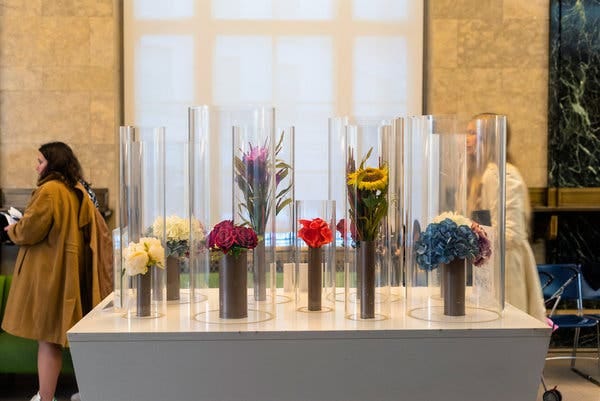

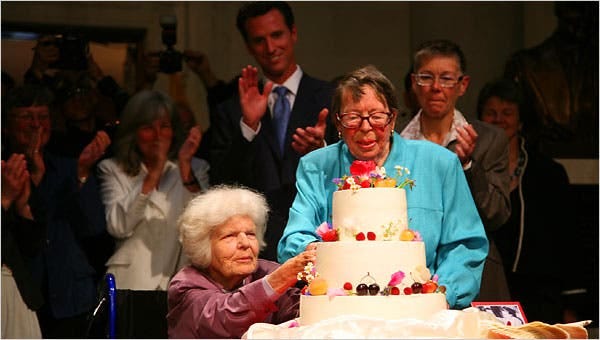
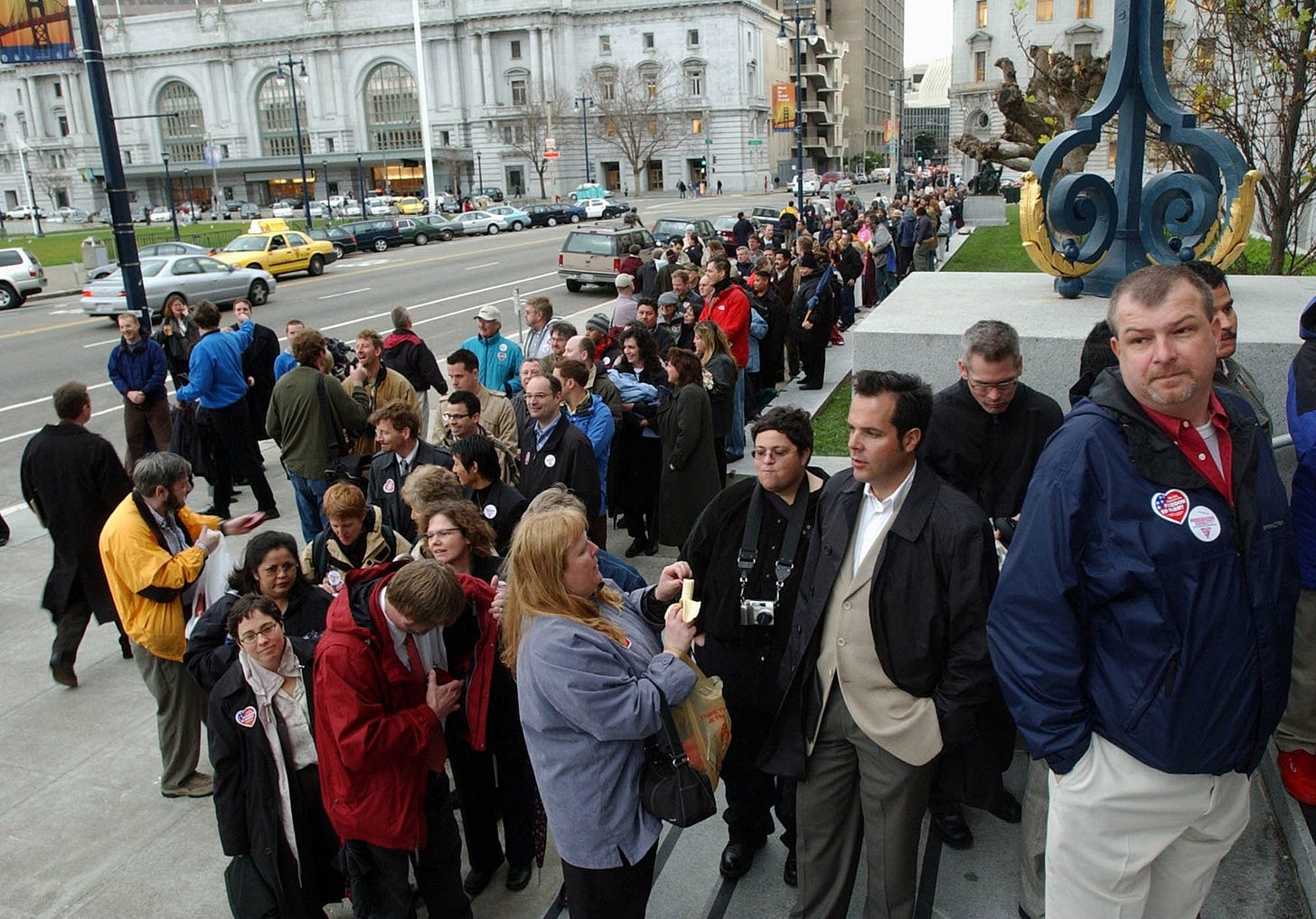
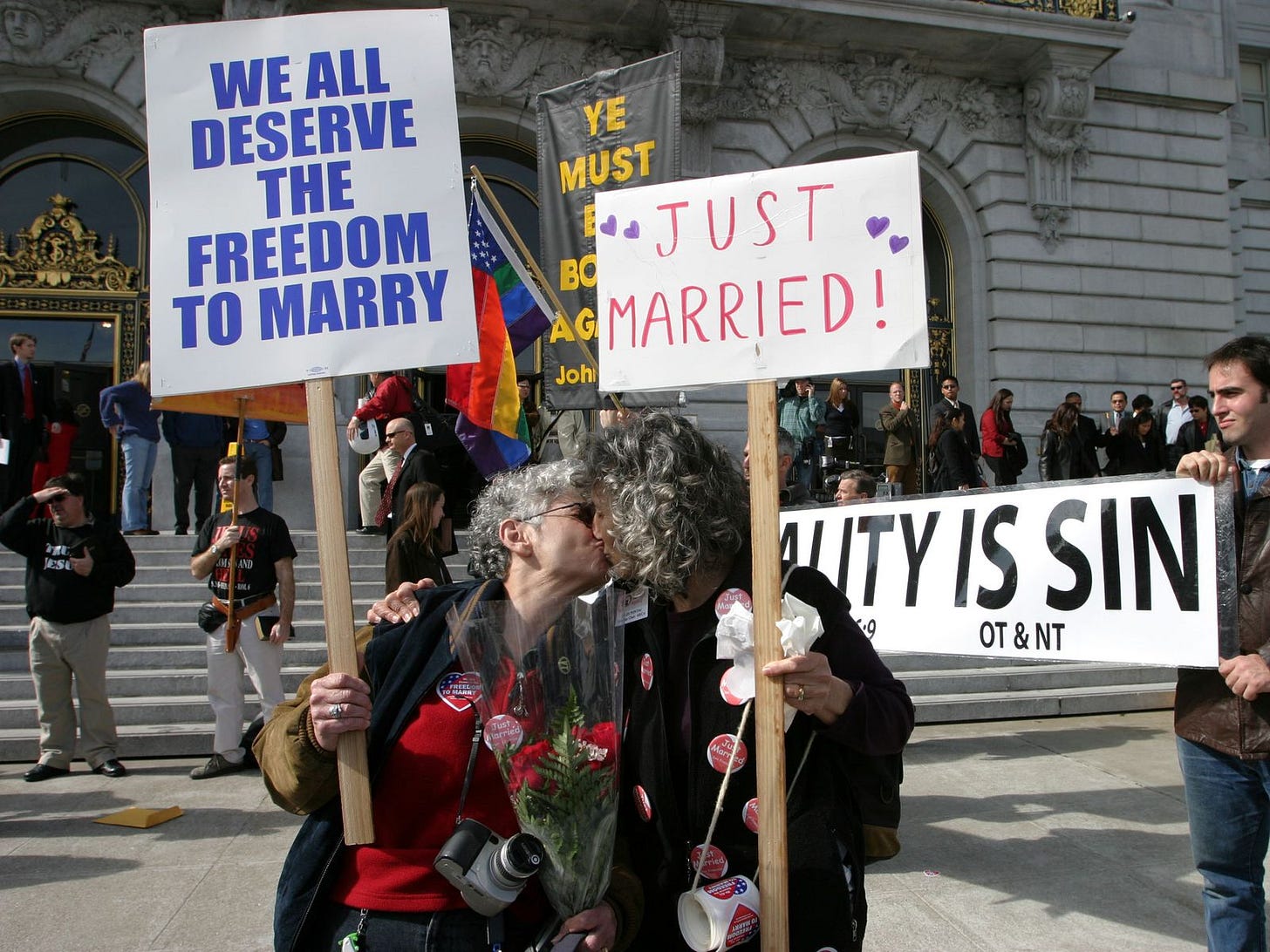
Love (pun intended) this! I'm glad you included Del Martin and Phyllis Lyon, and Mildred and Richard Loving. The Lovings' Supreme Court case was decided in 1967 (the Summer of Love, as it happens), and at the time, 16 states outlawed marriages across lines of race. It wasn't that long ago, folks. As for Street Stack's terrific posts: Next!
why am i tearing up right now? beautiful post :)